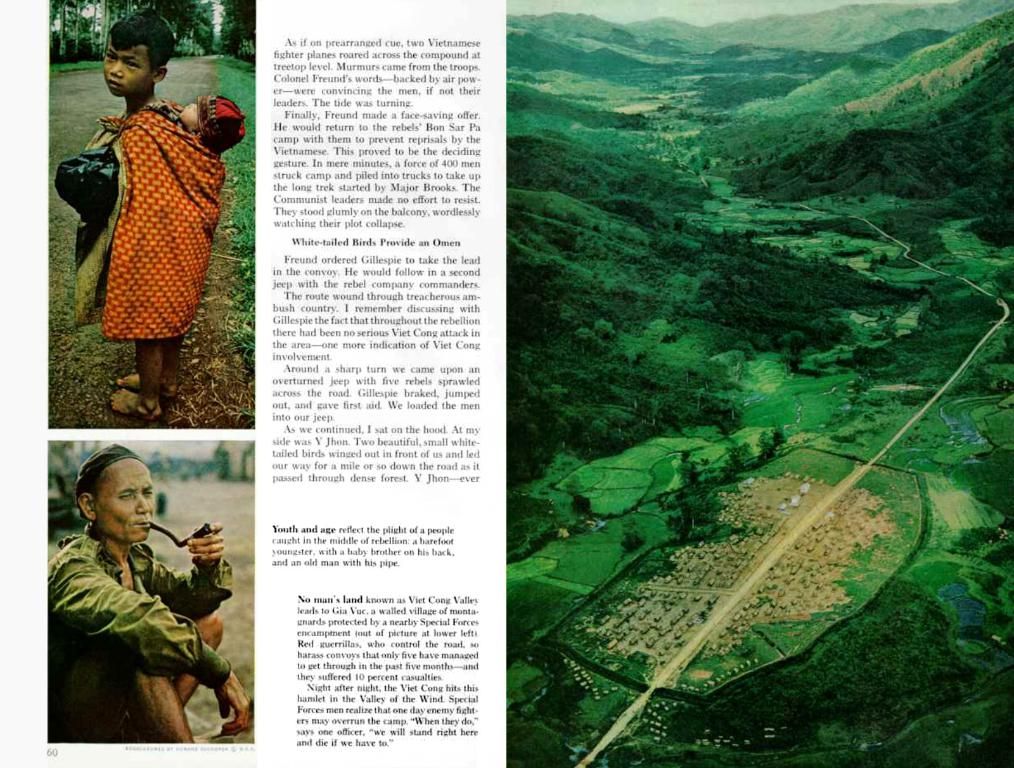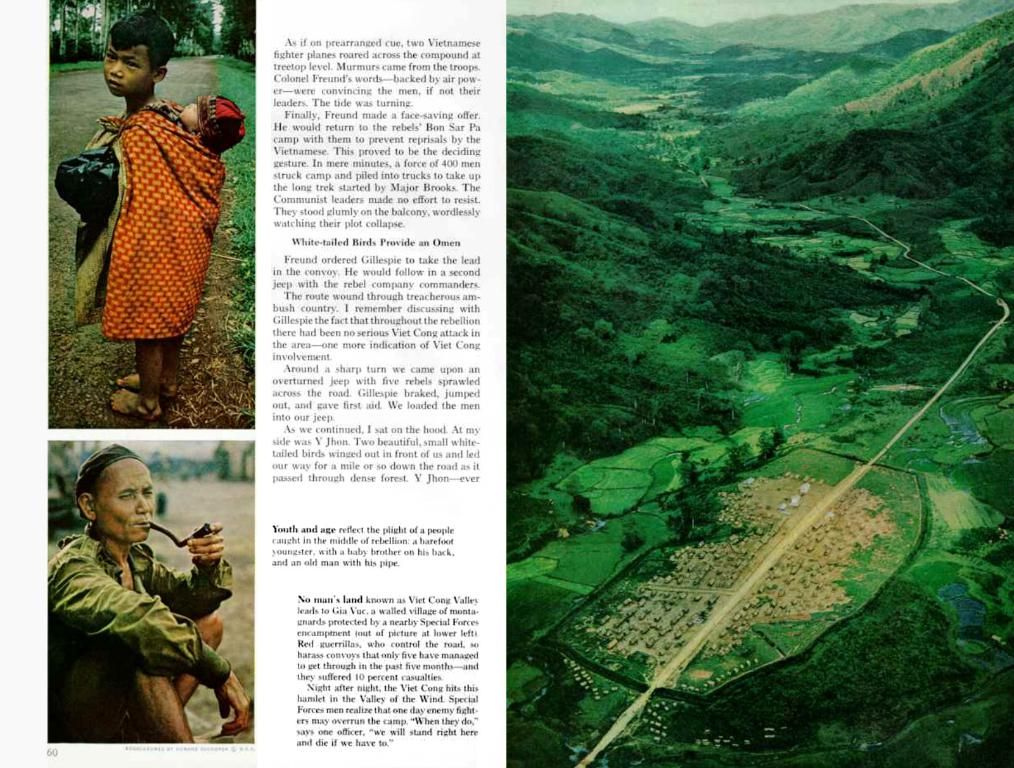Price of Butter on the Rise: What's Going On?
It looks like butter lovers will be reaching deeper into their pockets soon. Lately, butter prices have reached unprecedented levels, according to the Milk Industry Association. In fact, Björn Börgermann, the managing director of the association, stated, "We're currently witnessing unusually high block butter prices in official quotations, a situation we've never encountered before."
Contributing to this surge in prices, farmers have been supplying less milk, and the fat content of raw milk has been decreasing. The increased demand for other dairy products like cheese leaves less fat available for butter production. Additionally, less butter has been imported. This trend was previously reported by "Lebensmittel Zeitung."
The retail sector is hesitant to comment on potential price hikes. However, the scarcity of value-determining raw materials impacts calculations in production and distribution.
As holiday season concludes, prices for packaged butter should drop. But Hans Foldenauer, the spokesman of the Federal Association of German Dairy Farmers, warns that consumers will still face increased prices from the producers.
The industry is not expecting an immediate end to this price surge. In fact, Björn Börgermann anticipates another dip in milk supply for a few more weeks, following the typical annual trend. Nevertheless, he reminds us, "Prices have always fluctuated."
Historically, butter prices have shown significant volatility. In recent years, they peaked at prices above 2.50 euros and dropped down to as low as 1.39 euros per packet. According to the Federal Statistical Office, consumers paid 39% more for butter in July 2024 compared to 2020.
EU environmental regulations, foot-and-mouth disease outbreaks, volatile feed costs, labor shortages, and rising wages, and market dynamics are all factors fueling this price increase.
In the meantime, smaller dairy farms are reeling under the pressure of these increased costs, with many choosing to exit the industry. As the number of milk cows and dairy farms in Germany continues to decline, it remains to be seen how this market will adapt and evolve.
Media Sources:
overview of factors causing price hike:
- Environmental regulations driving costs for dairy farmers to exit industry
- Disease outbreaks leading to market disruptions
- Feed costs affected by climate-driven crop failures in Ukraine and Argentina
- Labor shortages and rising wages in countries like Ireland and Spain
- Market dynamics, including strong demand for raw cream and prioritization of cheese production over butter.








